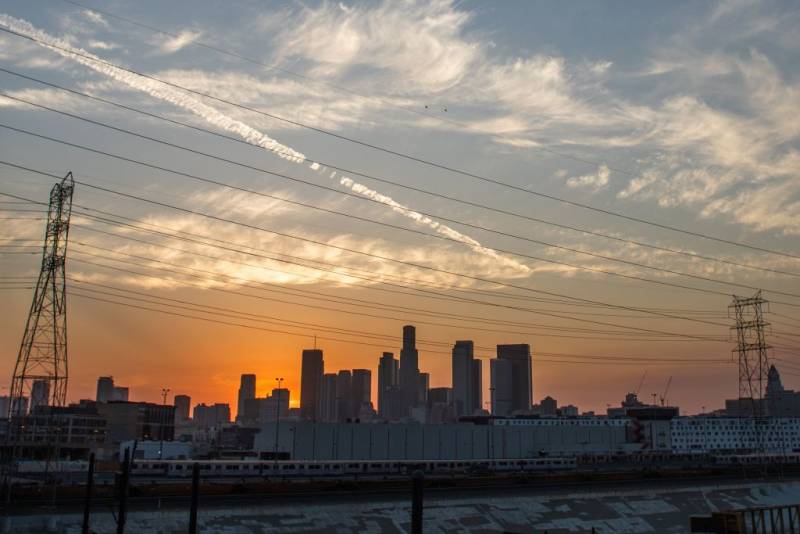CAISO later reported that it understood the ramp down "to be due to an erroneous dispatch" from the plant's scheduling coordinator. Every power plant has a scheduling coordinator, acting as the point of contact between CAISO and the plant, relaying and confirming the grid operator's instructions on whether the plant should ramp production up or down.
To date, two details have been left out of CAISO’s public account of what happened at the Panoche plant that day:
1. The incident was the “final tipping point” before CAISO began the process of initiating a second day of rolling blackouts.
2. The scheduling coordinator who delivered the erroneous dispatch was PG&E.
Since last year’s rolling blackouts, which left hundreds of thousands of Californians without power for parts of two consecutive evenings, CAISO has produced two root-cause analysis reports issued jointly with California's Public Utilities Commission and Energy Commission — one in October and another in January. Both reports run more than a 100 pages, and conclude that the Aug. 15 rolling blackouts "were not caused by any single generator or resource type."
While the reports mostly place blame on climate change and poor planning, the context regarding the incident at Panoche, which is operated by a private investment firm, remains murky.
"It is not at all clear why a modest 248-megawatt reduction in output from Panoche would have precipitated rolling blackouts 15 minutes later," said Bill Powers, a San Diego-based energy consultant.
"It was such a Homer Simpson move to back off on power at a time when the grid needed that power," he added. He said it speaks to larger issues about CAISO's clarity on other major factors, including the fact that California was exporting power during the rolling blackouts.
Last year, in response to media inquiries from the San Francisco Chronicle and KQED, PG&E confirmed it had made the erroneous dispatch, and said it immediately corrected the problem after identifying it. The outage at Panoche lasted less than 30 minutes, according to PG&E, which said the drop represented roughly 0.5% of CAISO's total load of 44,913 megawatts at the time.
In an email this month, PG&E spokesperson James Noonan wrote: "Importantly, this incident was not cited as a contributing factor in the joint agencies' final root cause analysis."
But that contradicts what CAISO recently told KQED. "The ramp down at Panoche was clearly cited in the root cause analysis as a contributing cause of the rotating outages," CAISO spokesperson Anne Gonzales said in an email last week.
